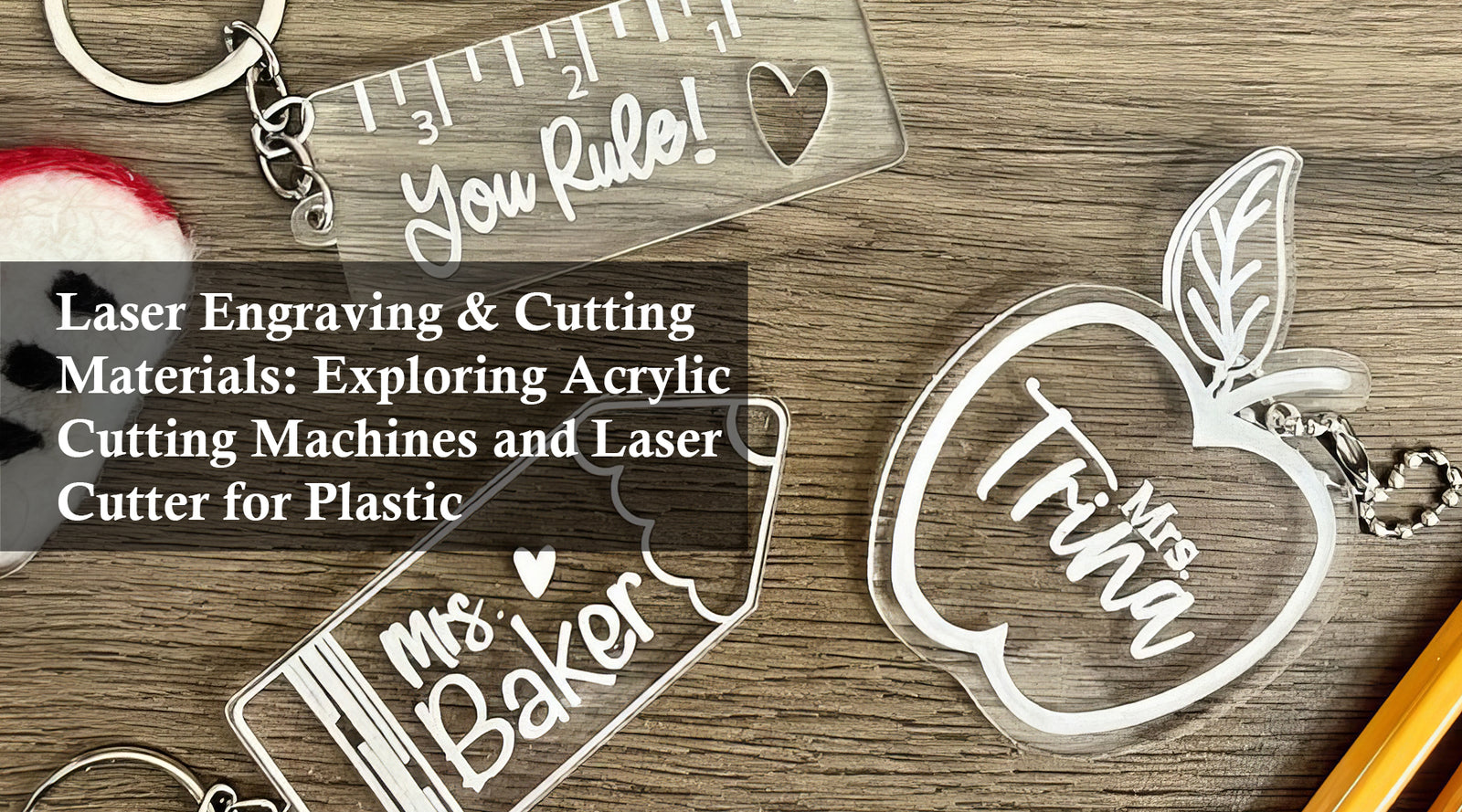In the realm of laser engraving and cutting materials, acrylic and plastic stand out as versatile mediums due to their durability and aesthetic appeal. A key tool in this domain is the acrylic cutting machine and the laser cutter for plastic. These devices, such as the Monport 80W CO2 Laser Engraver & Cutter (28" x 20") with Autofocus, offer precision and efficiency, making them indispensable for various applications.
Understanding Acrylic Cutting Machines
Acrylic cutting machines are specialized tools designed to precisely cut acrylic sheets into intricate shapes and designs. These machines utilize CO2 laser technology to deliver high-energy beams focused on the acrylic surface, melting and vaporizing the material along predefined paths. The Monport 80W CO2 Laser Engraver & Cutter excels in this, offering a large working area of 28" x 20" and automatic focusing capabilities.
Key Features of Acrylic Cutting Machines:
- Precision Cutting: Achieve detailed cuts with minimal material wastage.
- Versatility: Suitable for various acrylic thicknesses and shapes.
- Efficiency: High-speed cutting capabilities, enhancing productivity.

Laser Cutter for Plastic: Enhancing Precision and Quality
When it comes to plastic materials, a laser cutter offers unparalleled advantages. Unlike traditional cutting methods, which may cause deformation or rough edges, laser cutters provide clean, smooth cuts. They work by directing a focused laser beam onto the plastic surface, which melts or vaporizes the material with pinpoint accuracy.
Benefits of Using a Laser Cutter for Plastic:
- Clean Edges: Produces smooth edges without the need for additional finishing.
- Complex Designs: Enables intricate cuts and patterns on various plastic types.
- Time Efficiency: Reduces production time compared to manual cutting methods.

FAQs About Acrylic Cutting Machines and Laser Cutters for Plastic
Q: What types of plastics can be cut with a laser cutter?
A: Laser cutters can work with a wide range of plastics, including acrylic, ABS, polycarbonate, and more.
Q: Are laser-cut plastic edges polished after cutting?
A: Laser cutting typically results in smooth edges, reducing the need for additional polishing.
Q: How do I choose the right laser power for cutting acrylic?
A: The laser power depends on the thickness of the acrylic sheet; higher power lasers are suitable for thicker materials.

Important Details to Consider
When investing in an acrylic cutting machine or laser cutter for plastic, consider the following:
- Safety Features: Look for devices with built-in safety mechanisms to protect against laser hazards.
- Software Compatibility: Ensure compatibility with popular design software for seamless integration.
- Maintenance Requirements: Regular maintenance ensures prolonged machine lifespan and consistent performance.

Key Takeaways
- Acrylic cutting machines and laser cutters for plastic offer precision and versatility.
- They streamline production processes and enhance the quality of finished products.
- Investing in quality equipment ensures long-term reliability and efficiency.

Conclusion
In conclusion, acrylic cutting machines and laser cutters for plastic are essential tools in the realm of laser engraving and cutting materials. Their ability to deliver precise cuts, versatility across different materials, and efficiency in production make them invaluable for various industries. Whether you're creating intricate acrylic designs or precise plastic components, the Monport 80W CO2 Laser Engraver & Cutter stands out with its advanced features and robust performance, ensuring exceptional results with every use.



